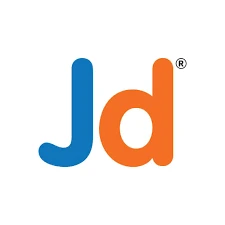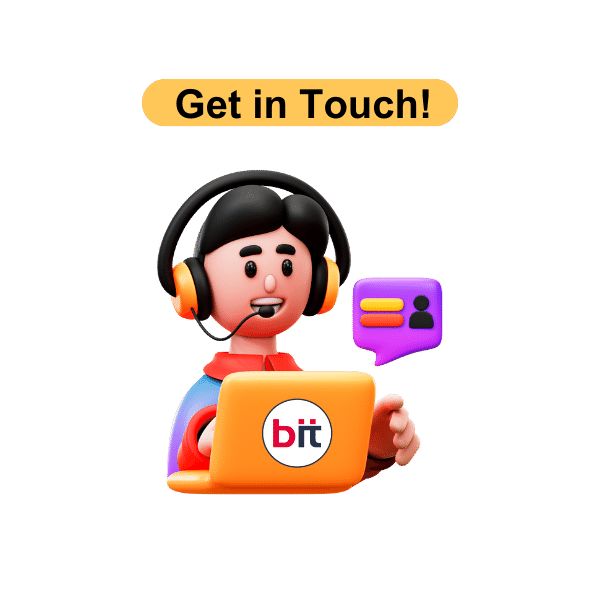|| Diploma in Computer Application training in Canada.
The Diploma in Computer Applications offered by BIT Canada is a comprehensive and industry-oriented program aimed at equipping students with essential computer skills necessary to thrive in today's technology-driven world. This diploma is designed for individuals looking to build a strong foundation in computer applications, as well as those seeking to advance their existing knowledge in IT and digital technologies. The course offers in-depth training in various aspects of computer usage, software applications, and IT management, preparing students for a variety of roles in the growing field of information technology.
Throughout the program, students gain proficiency in basic computer skills, Microsoft Office Suite (Word, Excel, PowerPoint), computer programming languages (C, C++, Java), web development, and database management systems (MySQL, MS Access). Additionally, the curriculum covers networking fundamentals, hardware troubleshooting, internet technologies, and digital marketing, providing students with a broad set of skills that are highly valued in modern-day businesses. Students will also learn to work with industry-standard software and tools, ensuring they are well-prepared for the workplace.
A major focus of this program is the development of problem-solving, analytical thinking, and technical skills, with opportunities for hands-on practice through various assignments, projects, and workshops. The course also includes training on software development methodologies, system analysis and design, and IT security, which are crucial for anyone pursuing a career in the IT sector. By working on real-time applications and case studies, students gain valuable experience that enables them to approach technical problems confidently and implement innovative solutions.
This Diploma in Computer Applications also prepares students for further academic advancement in computer science or related fields, should they wish to continue their studies. Upon successful completion, graduates can pursue a wide range of career opportunities such as system administrators, software developers, IT support specialists, database administrators, and web developers. The course opens doors to employment in various sectors including information technology, education, finance, healthcare, and more.
Ultimately, BIT Canada's Diploma in Computer Applications ensures students are not only proficient in essential computer skills but are also ready to tackle the challenges of an ever-evolving digital world. With a mix of theoretical knowledge, practical experience, and exposure to industry tools, graduates of this program will have the skills and confidence to succeed in the dynamic IT industry.



 4.8 (21,636) reviews
4.8 (21,636) reviews


 Read more
Read more 
